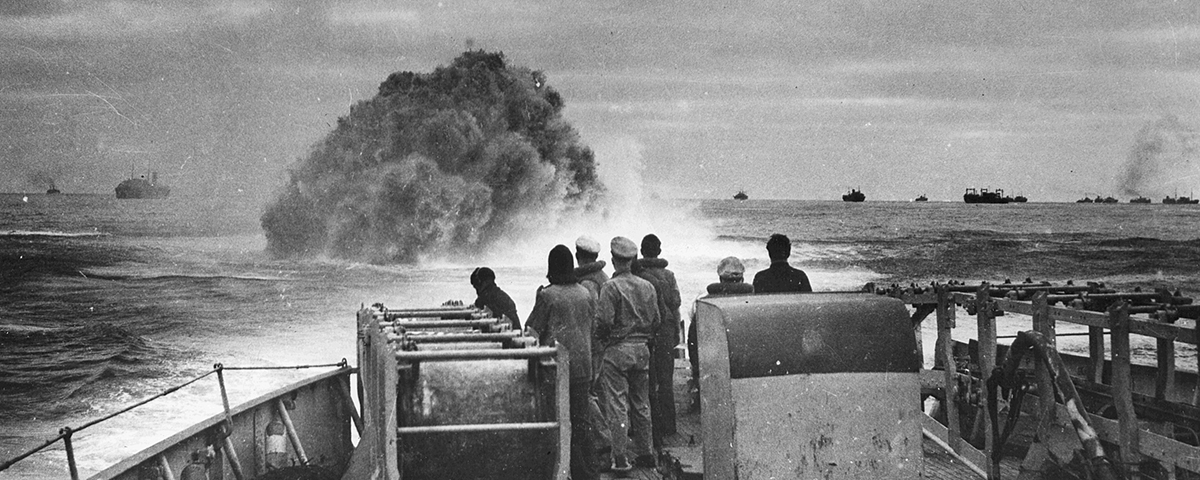It might have seemed an incredible act of arrogance, except that events would prove them right. The reports were wrong. Morse lobbied hard for permission to visit air units and talk to the crews, and when they did they found that in fact little care had been taken in preparing the reports in the field. “Hell,” said one pilot they interviewed, “I didn’t think anyone ever read those damned reports.”
Besides impressing on the crews the importance of recording the data that mattered, and accurately, Morse’s team set to work at once analyzing how to get the most bang for the buck in the antisubmarine effort. The basic point, Morse noted, was that unlike infantrymen or fighter pilots who had a chance to “learn to fight by fighting” (“if they were lucky during the first few lessons”), the men who flew the long, lonely, and tedious antisubmarine patrols might be lucky to spot, and have the chance to attack, a single submarine during the course of the entire war. “There was no such thing as an experienced antisubmarine air crew,” Morse noted. “Therefore the only way to determine the best antisubmarine tactics was for a group such as ours to study all the reports of battles with U-boats…and then determine, by comparison, what to do and what not to do.”
One of the first things they found in their visits to the field was that the depth charges the aircraft carried were set to explode at 75 feet below the surface. That made superficial sense, based on the simple law of averages the navy had applied. They had looked at the average distance a U-boat was from a patrol plane at the moment it spotted its attacker, calculated how far down the sub would have dived by the time the plane was overhead, and adjusted the depth setting accordingly.
The trouble was that when subs had a long or even average lead time to dive, they also had time to take evasive maneuvers. So even if the bombs’ depth setting matched the depth of the sub at the moment of detonation, they usually had been dropped over the wrong spot of water. What Morse’s OR team realized was that the best chance of killing a U-boat was to concentrate on the ones that were surprised at the last few seconds and had dived only a few feet, leaving them without time to change course. But since the kill radius of the depth bombs was only about 20 feet, a bomb set to explode at 75 feet meant that there was never a possibility of getting a kill under those circumstances. The scientists at once recommended that the depth setting be changed to the minimum of 25 feet. Instantly, the lethal effectiveness of air attacks on U-boats increased by a factor of five.
The Germans were convinced that the Americans had developed a new and more deadly explosive. In fact, all that they had done was to bring in that “innocent bunch of academics,” as Morse had called them, to apply the laws of mathematics.
What the “OR” scientists called “the fundamental scientific background to the whole campaign” was the fact that the U-boat commander faced an impossible dilemma. If their boats stayed on the surface, they could be spotted and attacked by aircraft. But if they submerged, their operational effectiveness was reduced to virtually nil as well. Under ideal conditions, a U-boat commander would dive only during the final stealthy approach to his prey, since only when cruising on the surface, propelled by its air-breathing diesel engines, could a submarine travel fast enough to catch up to even the slowest Allied convoys. Under water, the electric motors could barely move a sub at eight knots, and at that speed the batteries would go dead after just 14 miles; if forced to stay down for longer than 12 hours at a stretch a U-boat had to cut its speed to four knots. And the boats had to surface at least once a day to recharge their batteries or be left completely dead in the water.





